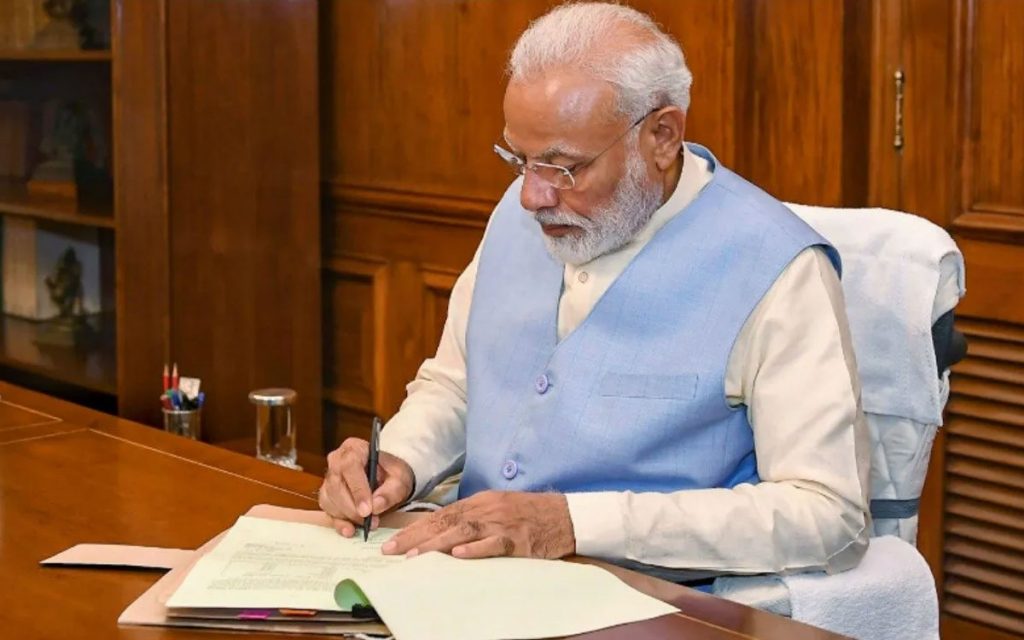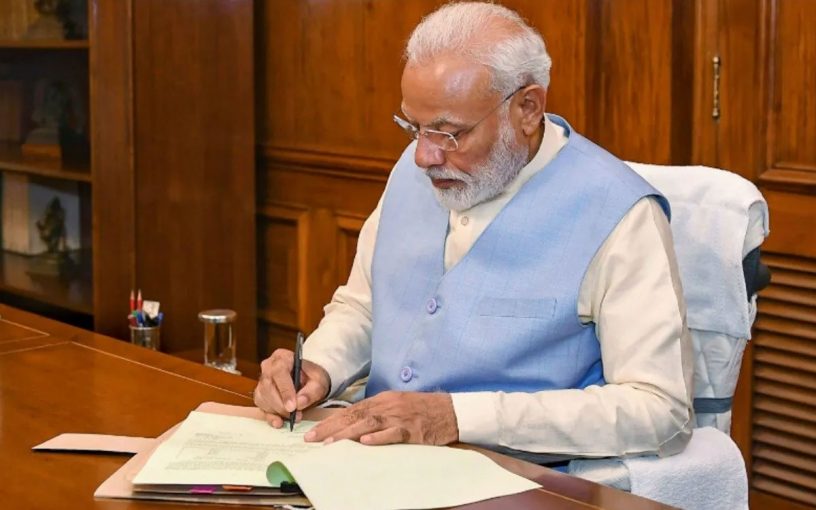
The article uses crisp-set analysis to examine the social policy developments under Prime Minister Narendra Modi-led government in India.
Author
Keerty Nakray, Associate Professor, Jindal Global Law School, O.P. Jindal Global University, Sonipat, Haryana, India.
Summary
This paper examines India’s tryst with welfare/dis-fare with a specific focus on Modi Sarkar’s (2014–2019) dirigiste style reforms. In the welfare regime research, Esping-Andersen (1990) classified advanced economies into three ideal-types of liberal, conservative-corporatist and social-democratic welfare states by government-led welfare provisions and levels of decommodification. The classical typology discussions include countries such as India which is classified as informal-insecurity regime due to a large informal economy with no social security for workers.
Based on theoretical standpoints of the political economy of welfare states, comparative historical institutionalism and critical junctures this article examines Modifare has expanded formal welfare to its citizens.
The article uses crisp-set analysis to examine the social policy developments under Modi’s regime in India.
This paper examines if the centre-right Modi government did bring about a radical departure from UPA I and II lacklustre welfare approach to the more strategic use of welfare reforms as a political weapon on a national scale. It concludes that Modi-fare falls short in being transformatory.
The article is an original contribution to the field of comparative welfare regimes.
Published in: International Journal of Sociology and Social Policy
To read the full article, please click here


